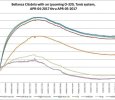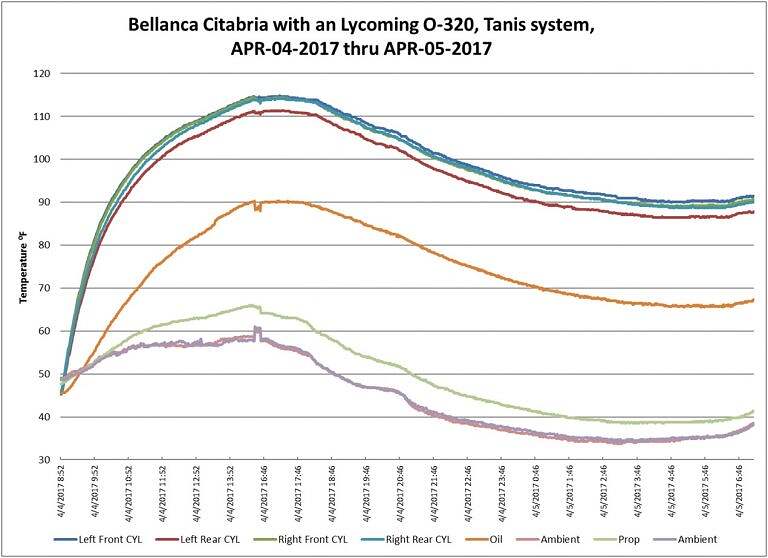you know Dan, while I am normally "cheap" (maybe thats what allowed me to afford a plane), with her I don't nickel and dime... For me it is a safety/longetivity issue and if something costs a little more I'd suck it up, otherwise we can't be an airplane owner and be solid. $350 is call it nothing in airplane parts terminology

On the topic of the engine heater, and going back to engine basics, it's the oil that provides lubrication that is necessary to avoid piston+/wall wear amongst other things of course. So if I'd warm up the oil to a temperature that it can provide that lubrication I do feel good about it.
I confirmed this with a number of mechanics I am in touch with and also in my own oil analysis that I don't see AL or FE appearing a whole lot nor increasing.
It's slightly dependent on the type of cylinder one may have, but lets assume the "going standard" for the sake of discussion it is the CYL compared to wall that is important (so the cyl doesn't scrape the wall or there is too much of a gap that is not filled losing compression). Ok with that in mind, so if it is cold(er), and the block warms up, there is a gap between the wall and the cylinder, which is filled buy the oil lubrication. So for me full circle, if I make sure the oil is there for that seal and lubrication.
I'd say in general Oil is the blood of your engine, its temperature, viscosity, cleanness, filter, pressure.
Since the general guidance is also lower CHT is better, I really don't see the need of warming them up, as they will do that on their own, though like said, in a graceful manner, avoid shock heating or cooling.
I am always weary of when folks/vendors say, "relative short time", some things take their time. I don't want to accelerate things unnecessarily. IT's the triangle of Good Fast and Cheap, pick 2 out of the 3, can't have all. Same line if things need to be done fast(er), its not going to be good or cheap and with engines, the wear is cumulative.
Anyways, the reiff system does look appealing, I never saw a use for it. I got the plane from down south so she didn't need any heating whatsoever, when i took her here, I went from cowl warming to the EZ heat that provided me the result I was looking for: better oil viscosity in the colder months, smooth engine starts on such days and no unnecessary wear on the engine (as indicated by the oil analysis) .
I know, so much info, what to do, what is best

hope my personal experience helped though.
Would like to hear what you decided in the end and the reasoning and experience with it!
x


